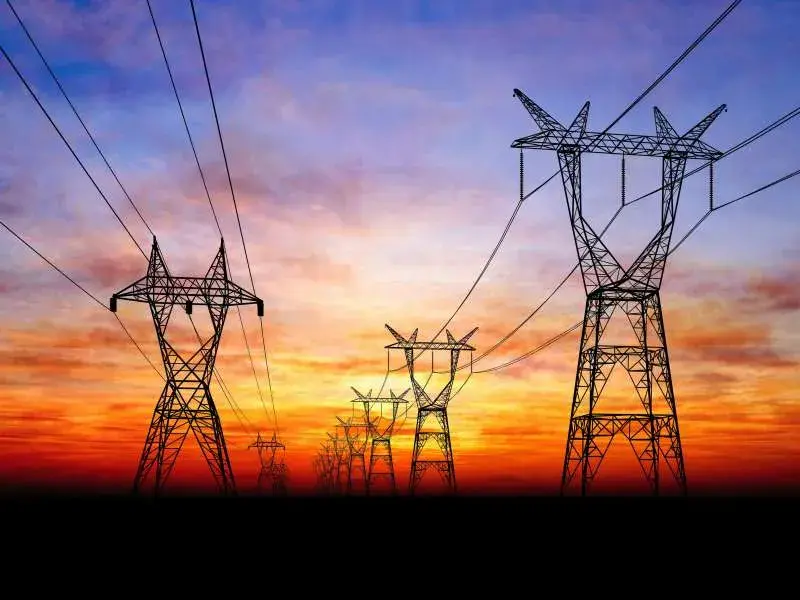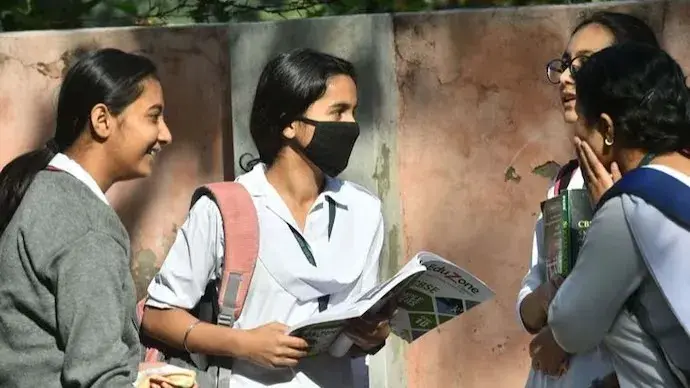India Plans to Standardise AC Temperature Settings to Curb Power Demand
In a major move aimed at improving energy efficiency, the Indian government is in talks with air conditioner and appliance manufacturers to implement a standardised cooling range across all air conditioning systems. According to a Bloomberg report published on 10 June 2025, the Union Ministry of Power is working towards enforcing a minimum AC temperature limit of 20°C, with the maximum set at 28°C. This proposed regulation will apply to air conditioners installed in homes, hotels, and vehicles alike. Union Power Minister Manohar Lal, in a recent press briefing, confirmed that this initiative is part of a broader strategy to manage soaring electricity consumption, especially during the intense summer months when demand peaks. The country’s electricity usage has been outpacing generation capacity, leading to power shortages in several regions during the April-June summer period. The move to fix AC temperature ranges is expected to bring considerable relief. Officials estimate that such a shift could reduce peak power demand by approximately 3 gigawatts. With over 100 million AC units currently in use across India and an additional 15 million being added each year, even a slight tweak in cooling settings could result in massive energy savings. Citing a University of California, Berkeley study, the government noted that standardising cooling temperatures could lead to a potential saving of ₹7.5 lakh crore by 2035 in terms of new power generation and grid infrastructure investments. It could also help cut down peak power requirements by up to 60 gigawatts over the next decade. Despite rising demand—India’s power needs touched 250 gigawatts last year and are projected to grow by 8% in 2025—the government claims it is fully equipped to handle peak loads, thanks in part to timely rains this year that moderated power consumption. However, with heatwaves returning in June, AC usage is again surging. Power Secretary Pankaj Agarwal highlighted the significant impact of cooling settings on electricity use. He noted that some AC units can be set as low as 16°C, contributing to excessive energy draw. He added that every one-degree increase in thermostat temperature can cut AC power consumption by around 6%, underscoring the importance of temperature moderation in controlling the overall load. As the proposal takes shape, India is gearing up to take a significant step toward long-term energy sustainability while addressing immediate power demands. Source: Bloomberg
India Plans to Standardise AC Temperature Settings to Curb Power Demand Read More »



